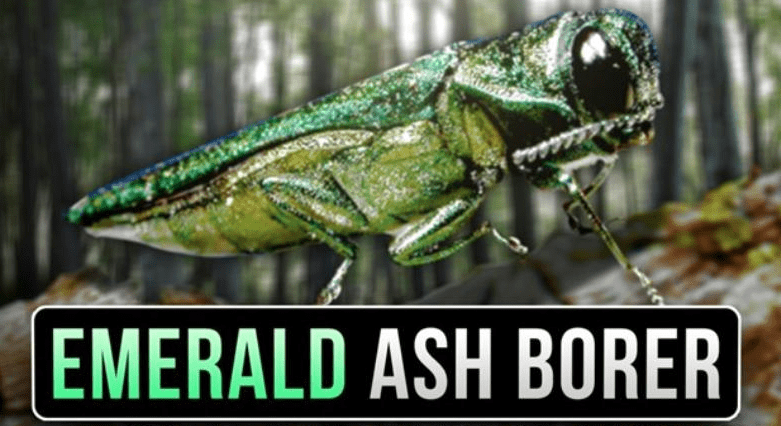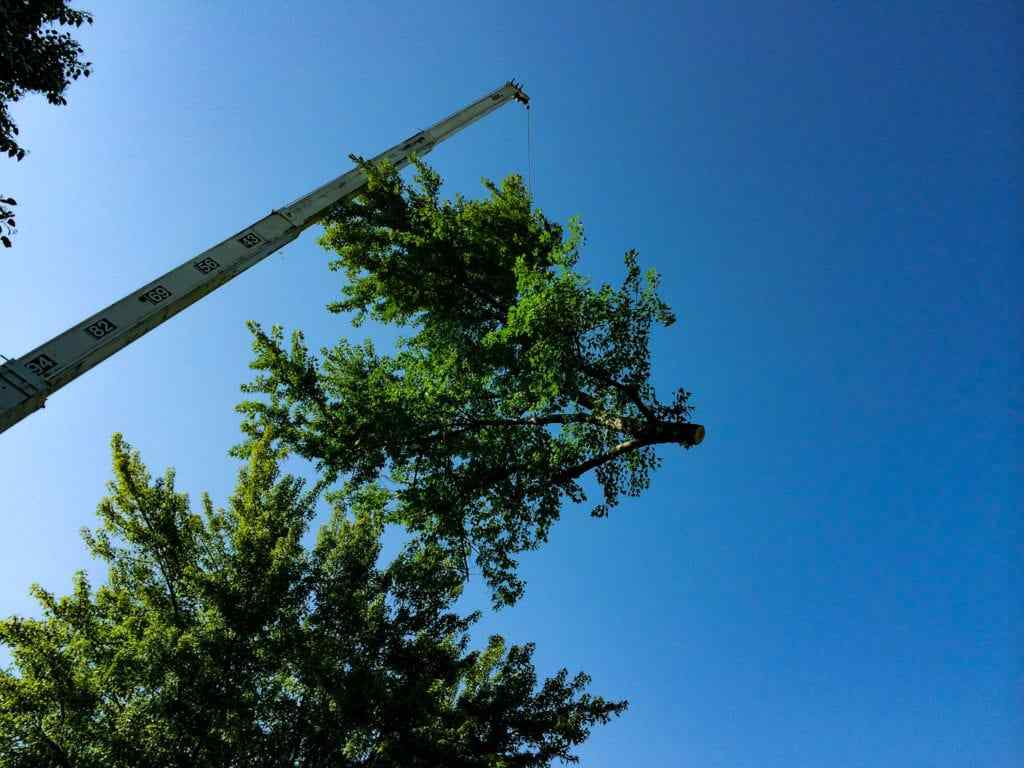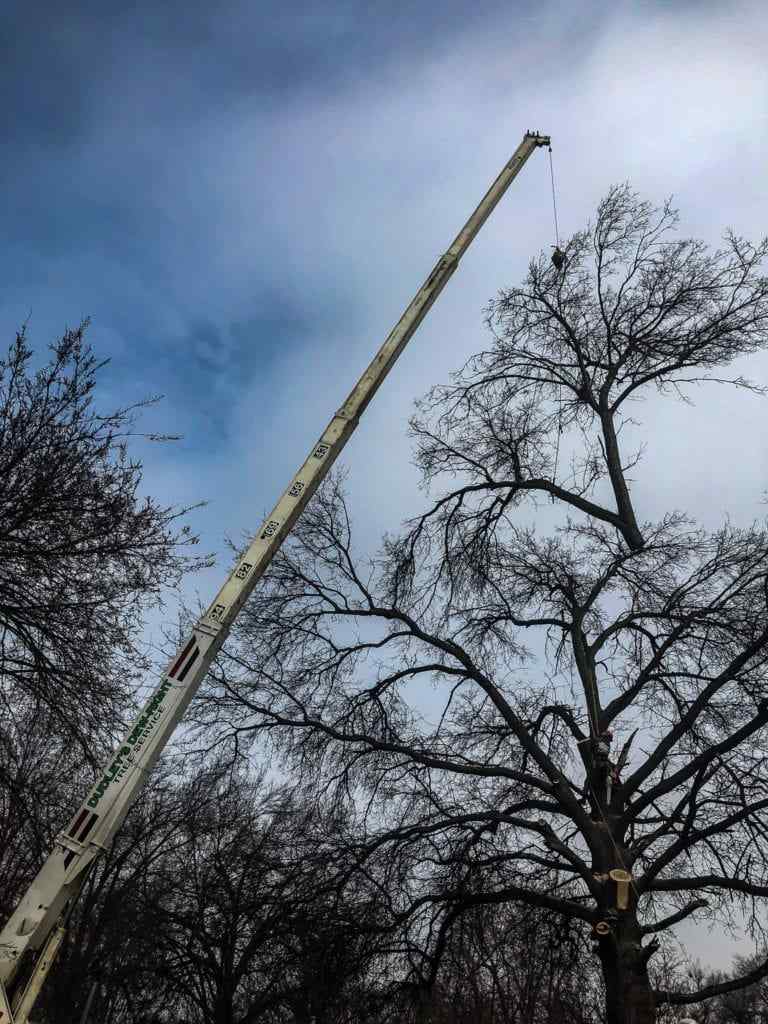
Back in May, we warned you that it was just a matter of time before the Emerald Ash Borer, the destructive beetle that will wipe out the state’s ash tree population, arrived in Nebraska. The invasive pests didn’t waste any time− on June 6, 2016, EAB was discovered during a site inspection of Omaha’s Pulaski Park. On June 17th, the Nebraska Department of Agriculture confirmed that the beetle had been found in a tree on private property in Greenwood (Cass County). Nebraska is the 27th state to confirm the presence of the Emerald Ash Borer, alongside neighboring states of Iowa, Kansas, Colorado, and Missouri.
The Emerald Ash Borer attacks the inner bark of all ash species, disrupting the flow of nutrients and eventually killing the tree entirely. Signs of infestation include thinning or weak branches, bark splitting, and D-shaped exit holes in the base of the tree.
Since late June, Douglas, Sarpy, Cass, Washington, and Dodge counties have been under quarantine in regards to EAB. This means that nurseries are unable to transport ash trees outside of the quarantine area and the movement of firewood is being regulated in order to prevent the human-assisted spread of the beetles.
Okay, so EAB is in Nebraska. What do I do now? First, know that only ash trees within a 15-mile radius of a known infestation should be treated. A chemical called imidacloprid (found at certain hardware/gardening stores) can be used to effectively treat small trees. For larger trees, however, treatment must be performed by tree care professionals through trunk injections and other special chemicals. If you live within 15 miles of a known infestation or your ash trees are exhibiting signs of EAB, it’s best to call the experts and have them do a full inspection.
As of now, there’s no reason to consider cutting down healthy ash trees (as long as they aren’t within 15 miles of a known infestation). This could quickly change in the future, however, as EAB makes its way to other areas in Nebraska. Because EAB is now present in our state, it’s not recommended to plant any new ash trees at this time.
Worried about EAB in your trees? Give Dudley’s Dew-Right Services a call for an EAB inspection, and treatment/removal if necessary. In the meantime, burn firewood only in the same county that it was purchased in and pay attention to the health of your ash trees. For any questions or concerns regarding the Emerald Ash Borer, contact us here!
Source: https://www.1011now.com/content/news/Second-time-emerald-ash-borer-found-in-Nebraska-383458881.html




